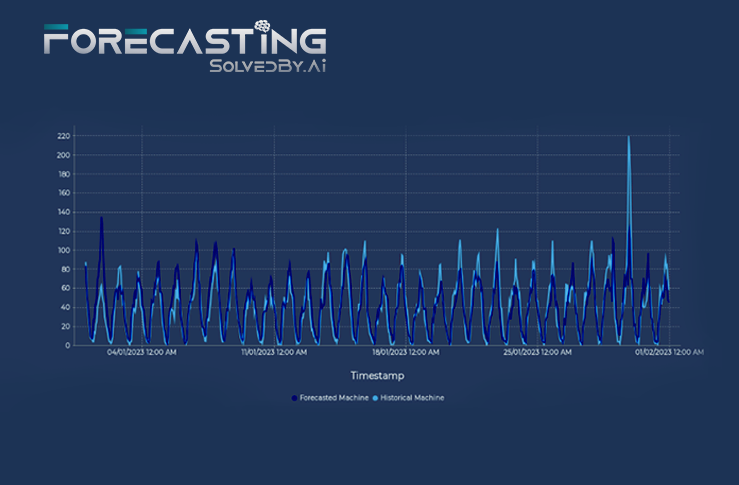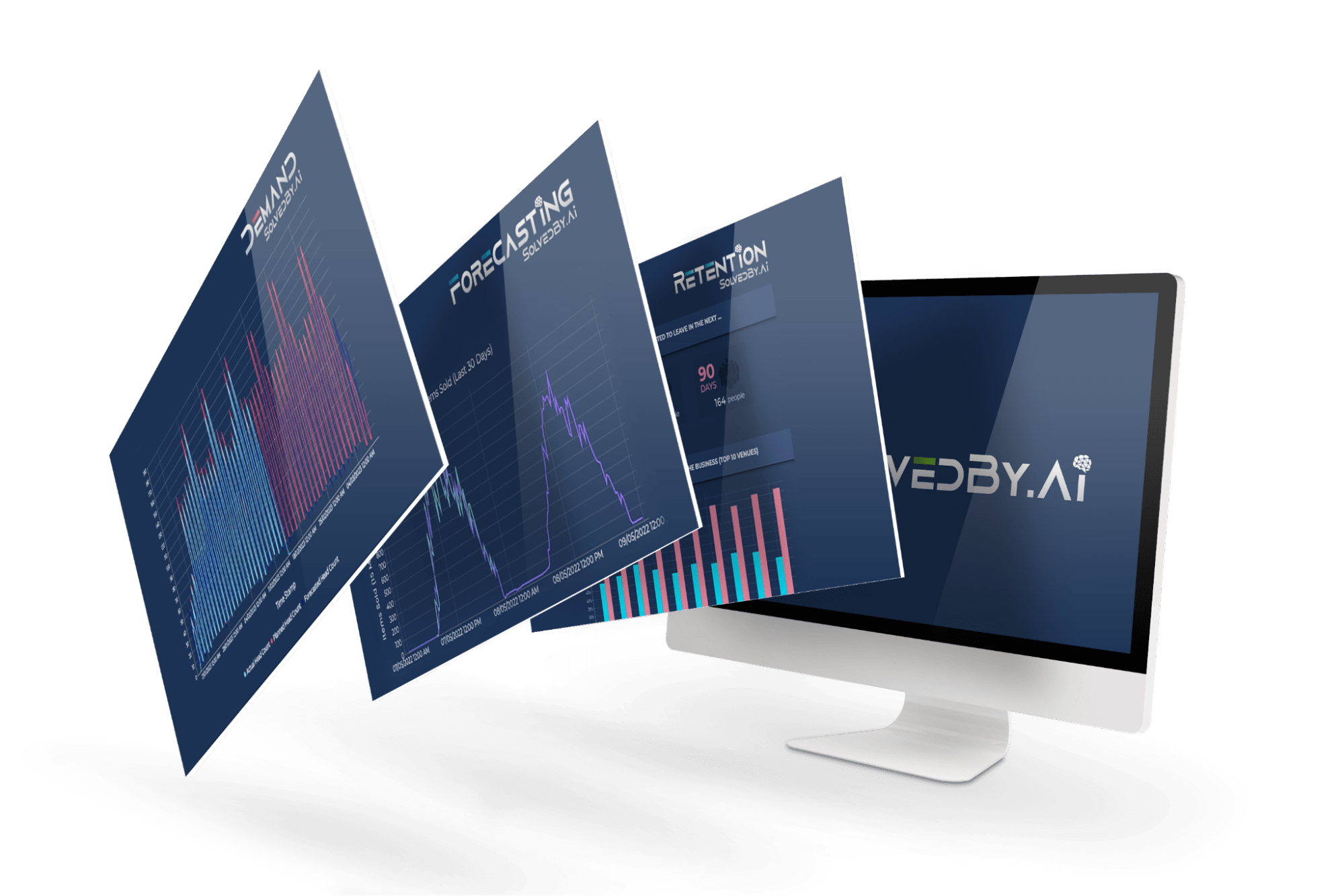In this blog, we will cover what is resource allocation, types of resources, planning tools, benefits and everything you need to know. Allocation of resources is the practice of taking the resources available to a company and strategically assigning them to fulfil the organisation’s purposes and objectives. This includes scheduling staff, allocating fixed assets such as machinery and vehicles, and optimising components and maintenance. The aim is to stay within budget and ensure enough resources are available to meet the required demand.
Resource allocation helps businesses maximise the use of their people and materials, reducing the potential for over- or under-utilisation. By allocating resources efficiently, companies can increase their return on investment (ROI).
What types of resources do I need to allocate?
A company needs to allocate several types of resources to meet its objectives. These resources include:
- The people required to complete the objectives.
- The components and materials needed to complete any tasks and build any products.
- The fixed assets, such as machinery and vehicles, required to achieve the objectives
- Third-party suppliers, such as cloud providers or consultants required.
- The data collected whilst completing the objectives
- The capital or finance needed to meet the objectives.
- The locations where the tasks and activities will be carried out.
- The time required to complete all the tasks.

What planning tools should I use to allocate my resources efficiently?
To fully grasp what is resource allocation we need to understand the resource planning tools and that they cover two critical elements of the process. Sometimes these tools are separated, and they come as a combined tool in more advanced systems. The two key aspects are forecasting and planning.
- Forecasting tools: these are used to predict how much resources will be required. They often work in two stages, first predicting the variables that correlate highly to resource allocation and second, predicting how much of each resource is needed to meet that demand. In the case of staff scheduling in a supermarket which is a classic resource allocation problem, the forecast would include items sold, revenue, number of “baskets” as well as internet orders and sales in the cafe. That would represent the first stage of the forecast. Once these have been accurately predicted, the second stage would be to estimate how many people and other resources are needed to ensure the customers are satisfied.
- Planning and scheduling tools: Once we have a forecast of how many resources are needed, we need to take some action, which could be ordering components, ingredients, stock or scheduling staff or optimising vehicle routes. These are often complex problems which are much better solved with the help of software and often best solved by letting an AI allocate the resources.

What are the two different approaches to AI resource allocation?
We find that there are two approaches for allocating resources. An AI model can be trained to optimise a fixed set of resources, or it can be trained to select the optimum resources to maximise the return.
- Allocating existing resources to maximise the return from those resources: This method takes an existing operating model, such as a fixed number of people and seeks to optimise their work against set criteria, often to generate the most revenue. There could be limited staff numbers or some other limiting criteria. With this approach, the AI is instructed on how many resources to allocate.
- Allocating the optimal amount of resources to generate the maximum return possible: This method would look at the market size and customer demand and issue the maximum number of staff to generate a profit. The method is growing the demand by offering customers more choices. It could be used to schedule opening hours for a store. In this method, the AI can allocate as much resource as it can justify against pre-set criteria, often revenue per resource unit.
Examples of resource planning tools
Many different tools are available, often in the cloud and often very specific for each task. And each sector, for example, in workforce management, one vendor may focus on a specific type, for example, on retail technology whilst another may focus on call centres. Here are some examples of resource planning tools

- Workforce management software
- Vehicle routing and optimisation tools
- Factory ERP systems
- Inventory management tools
- Maintenance management systems
Can I use AI to allocate resources?
Absolutely, the more complex the problem, the more likely you are to find an AI solution planning the allocation of resources. Forecasting is a core AI competency, as is optimising resource allocation against set criteria such as budget or demand. Many of the software tools mentioned above will rely on AI to deliver results that humans with spreadsheets can’t compete with. The return on investment from AI is normally higher than from manual systems.
What are the benefits of resource allocation?
We hope by now you have good understanding of what is resource allocation and we can focus on the benefits. An effective resource allocation plan can enable companies to reach their objectives, effectively allocating all resources.
Resource allocation can deliver three key benefits:
- Keep customers happy: Whether it is allocating staff to work when customers are in a shop, optimising vehicle routes to get deliveries out on time or ordering enough components to build enough widgets, resource allocation is all about keeping the customer happy.
- Increase revenue: If you optimise a fixed resource, it should generate more revenue for the same cost. The alternative approach of allowing the AI to schedule additional resources where a return on investment can be justified will also grow the revenue.
- Save money: by ensuring that resources are being allocated efficiently and reducing the potential need to purchase or outsource people and materials.









